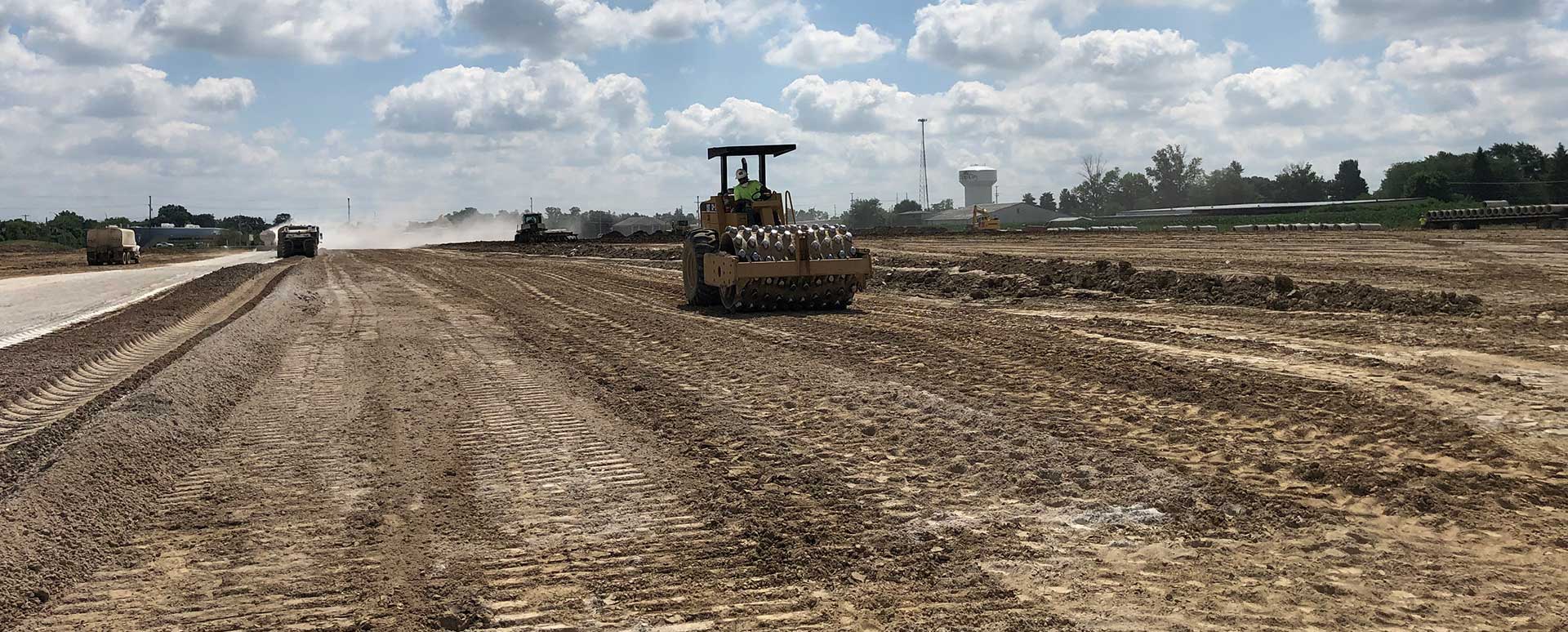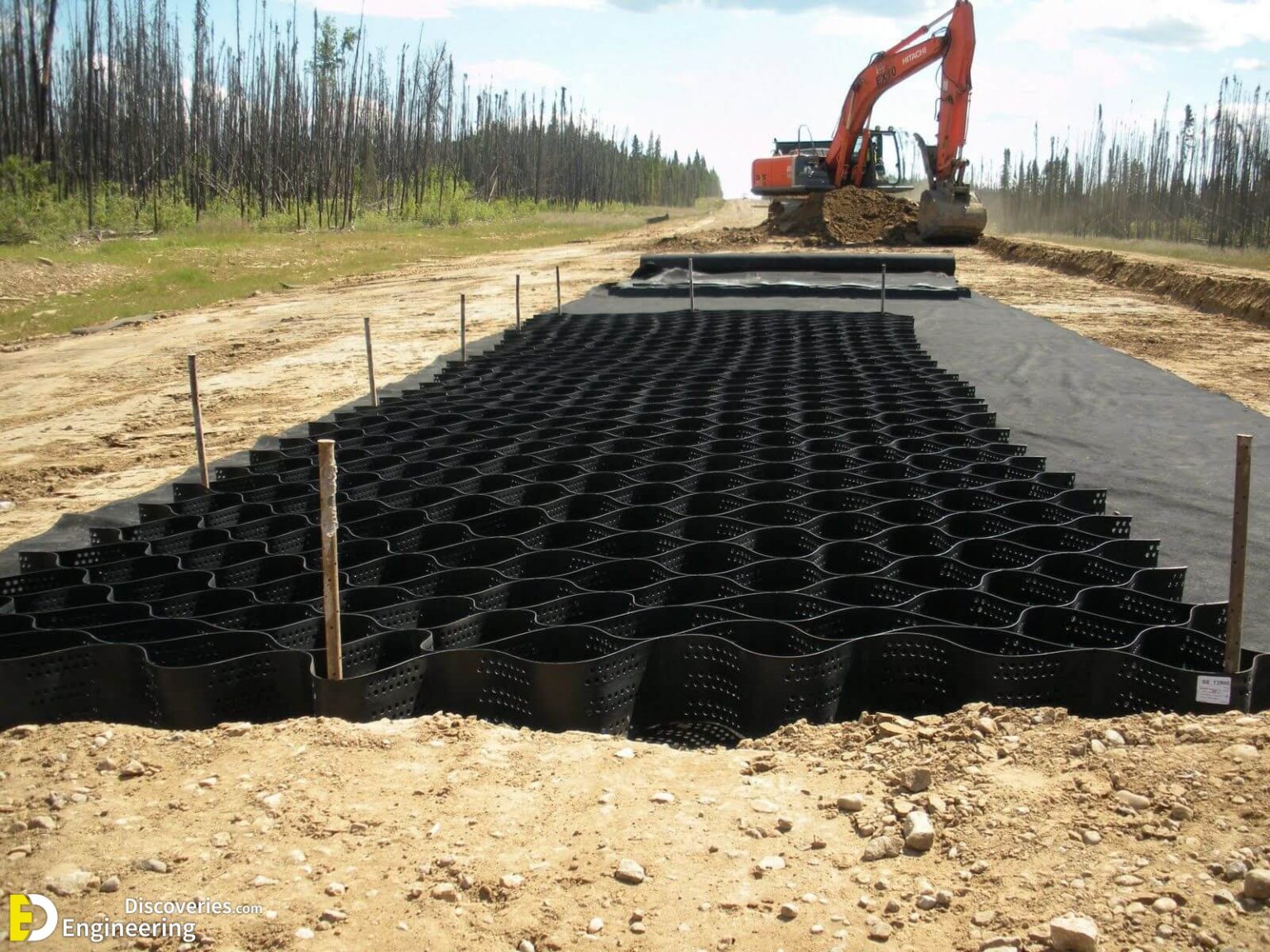The Advancements Of Civil Engineering In Soil Stabilization Techniques For Infrastructure Projects

Soil stabilization is the process of modifying the properties of soil to improve its strength and durability. This can be achieved through various methods and materials, depending on the specific needs of the project. Whether for construction, agriculture, or environmental remediation, soil stabilization is a critical component of many applications.
So what are the different soil stabilization methods and materials available? Let's take a closer look:
Introduction
The first step in any soil stabilization project is to assess the quality of the soil and determine the proper techniques for improvement. This may involve soil testing to determine its composition and mechanical properties, as well as assessing factors like moisture content and compaction.
Once the soil has been evaluated, the appropriate method and materials can be chosen for stabilization. Depending on the application, some methods may be more appropriate than others. The following are some of the most common soil stabilization techniques:
Frequently Asked Questions
1. What is soil stabilization?
Soil stabilization is the process of modifying the properties of soil to improve its strength and durability.
2. What are the different soil stabilization methods?
There are several soil stabilization methods, including chemical stabilization, mechanical stabilization, and vegetation stabilization.
3. What materials are used for soil stabilization?
Materials used for soil stabilization may include lime, cement, fly ash, and bitumen.
4. What factors should be considered when choosing a soil stabilization method?
Factors that should be considered when choosing a soil stabilization method include the application, soil composition, and climate.
Methods of Soil Stabilization
Chemical Stabilization
Chemical stabilization involves the use of additives to alter the composition of soil. These additives may include lime, cement, fly ash, or bitumen. When mixed with soil, they react to form new chemical bonds that enhance the soil's strength and durability.
Chemical stabilization is commonly used for road and building construction, as it provides a stable foundation that can support heavy loads over time.
Mechanical Stabilization
Mechanical stabilization involves the use of physical methods to compact and alter the soil's properties. This may include grading or excavation to remove unsuitable soils, or the addition of aggregate materials to improve the soil's bearing capacity and stability.
Mechanical stabilization is often used in conjunction with chemical stabilization to achieve a strong and stable foundation for construction projects. It is also commonly used in soil erosion control, as the addition of vegetation or geotextile materials can help stabilize the soil and prevent erosion.
Vegetation Stabilization
Vegetation stabilization involves the use of plants to stabilize soil and prevent erosion. This may involve planting grasses, shrubs, or trees to improve soil structure, increase water absorption, and provide natural erosion control.
Vegetation stabilization is commonly used in environmental remediation projects, as it can help restore soil quality and prevent soil contamination from spreading to surrounding areas.
Materials for Soil Stabilization
Lime
Lime is a commonly used material for soil stabilization, as it reacts with the soil to form new chemical compounds that enhance its strength and stability.
When added to soil, lime can help increase its bearing capacity, reduce plasticity, and improve its resistance to water and freeze-thaw cycles. It can also help neutralize soil acidity and reduce the risk of soil erosion and contamination.
Cement
Cement is another popular material for soil stabilization, particularly in road and building construction projects. When mixed with soil, cement reacts to form a hard, durable structure that can support heavy loads over time.
Cement is particularly effective in stabilizing soils with high clay content, as it can improve their drainage and reduce the risk of swelling or shrinkage over time.
Fly Ash
Fly ash is a byproduct of coal combustion that can be used as a soil stabilization material. When mixed with soil, fly ash reacts to form a stable structure that can resist water infiltration and provide long-lasting stability.
Because it is a waste product, fly ash is a cost-effective and environmentally friendly alternative to traditional soil stabilization materials.
Bitumen
Bitumen is a viscous, black material that is often used for soil stabilization in road construction projects. When mixed with soil, bitumen forms a hard, durable surface that can withstand heavy traffic and harsh weather conditions.
Bitumen is particularly effective in stabilizing soils with high plasticity, as it can improve their strength and reduce the risk of deformation over time.
Conclusion
Soil stabilization is a critical component of many construction, agricultural, and environmental projects. By modifying the properties of soil, it can provide a stable foundation that can support heavy loads over time, reduce erosion and contamination, and promote healthy vegetation growth.
Whether through chemical, mechanical, or vegetation stabilization, the use of appropriate methods and materials is essential for achieving the desired results. By understanding the available options and evaluating the specific needs of the project, soil stabilization can be an effective and cost-efficient solution for improving soil quality and durability.


Post a Comment for "The Advancements Of Civil Engineering In Soil Stabilization Techniques For Infrastructure Projects"